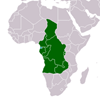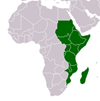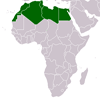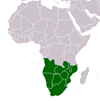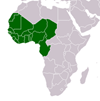Perceived Rural Household Food Insecurity Determinants: A Case of Itsani Village in Limpopo Province, South Africa
Perceived Rural Household Food Insecurity Determinants: A Case of Itsani Village in Limpopo Province, South Africa
South Africa is nationally food secure, but not at the household and grassroots community levels. Over 7.4 million rural households in South Africa cannot access and purchase sufficient nutritious food. This study assessed the perceived household food insecurity determinants in Itsani Village in Limpopo Province, South Africa, to improve food access and distribution in rural areas. Data were collected through an exploratory study survey design (n=94) of household heads. The perceived food insecurity determinants were linked to job opportunities, income levels, climate, and land tenure systems. The combined impact had negative effects on the community's well-being, as well as individual social life, health, and food quality. The resilience strategies should integrate job creation and income generation activities for the community such as establishing enterprises and commercialising agriculture to secure food and nutrition access at the community and household levels.
CITATION: Nedombeloni, R. Perceived Rural Household Food Insecurity Determinants: A Case of Itsani Village in Limpopo Province, South Africa . London : Adonis & Abbey Publishers , 2024. African Journal of Development Studies , Vol 14, No 3, 2024, pp. 7–31 - Available at: https://library.au.int/frperceived-rural-household-food-insecurity-determinants-case-itsani-village-limpopo-province-south

